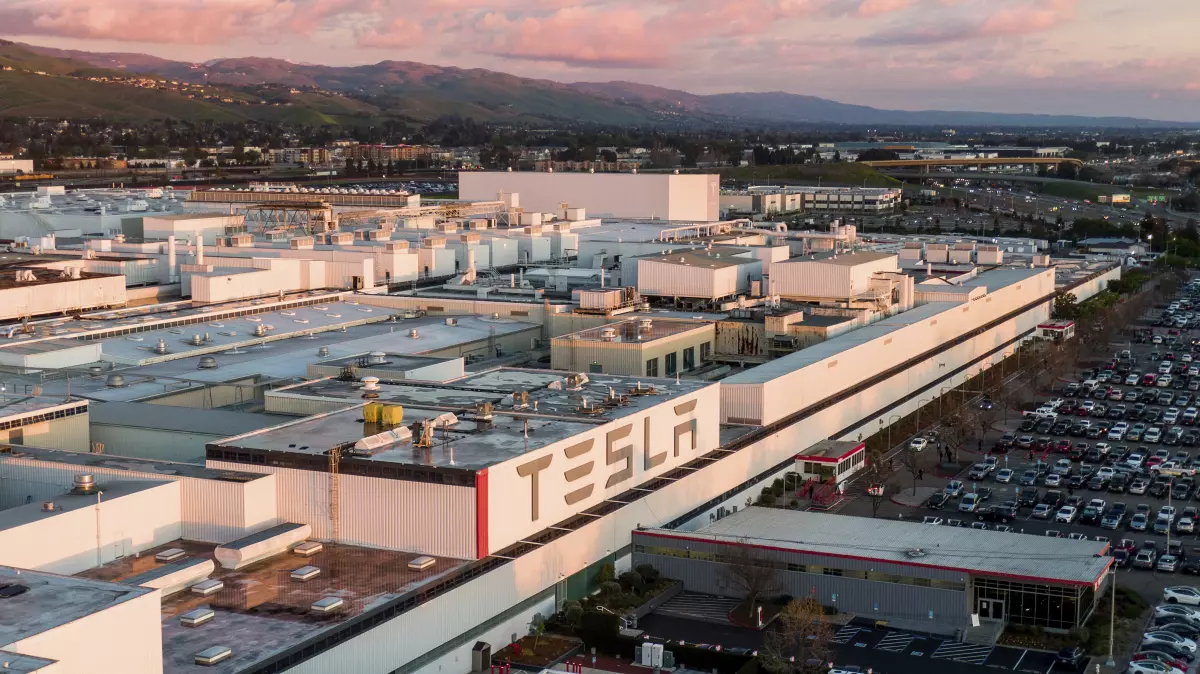
Tesla Inc. has agreed to a $1.5 million settlement following allegations of hazardous waste mismanagement across its California operations, casting a shadow over the electric vehicle giant’s environmental stewardship. The lawsuit, brought forward by 25 counties in California, accuses Tesla of systematically mishandling hazardous materials, including the improper disposal of waste in unauthorized locations.
Tesla’s Environmental Controversy: A Deep Dive
Systemic Oversight or Negligence?
The legal action, titled The People of the State of California v. Tesla Inc., filed in San Joaquin County, underscores a significant oversight in Tesla’s waste management practices. At the core of the lawsuit is the accusation that Tesla “intentionally” and “negligently” mishandled hazardous waste materials, including spent lead acid batteries, paint, lubricating oils, brake fluids, and other contaminants derived from auto manufacturing and repairs. Moreover, Tesla failed to adhere to regulatory requirements for labeling, storing, and handling such materials. This alleged mismanagement suggests a systemic failure within Tesla’s California operations, extending far beyond a mere oversight or isolated incident. The district attorneys’ complaint paints a troubling picture of hazardous materials being disposed of in unauthorized locations, including dumpsters and compactors, potentially ending up in landfills ill-equipped to handle such toxic substances.
Experts in waste management have voiced their concerns, emphasizing that a corporation of Tesla’s caliber should be well-versed in the regulations governing hazardous waste. The detailed allegations of failing to accurately label hazardous material containers, improper employee training, and non-compliance with record-keeping requirements underscore a significant lapse in Tesla’s environmental protocols.
Undercover Inspections Unearth Widespread Violations
The lawsuit’s origins trace back to “undercover inspections” initiated by the San Francisco District Attorney’s office in 2018 at Tesla’s car service centers. These investigations revealed illegal disposals of hazardous automotive components, prompting further scrutiny across Tesla’s network of facilities. Notably, the Fremont factory, Tesla’s flagship assembly plant, was identified as a source of various unlawful disposals, including welding spatter waste and paint-contaminated debris.
The Broader Implications for Tesla
Regulatory and Legal Challenges
This legal confrontation with California’s district attorneys is not Tesla’s first encounter with environmental regulations. Previously, Tesla has faced penalties for violations of the Clean Air Act and other environmental infractions, highlighting a pattern of challenges in adhering to stringent environmental standards. The settlement amount of $1.5 million comprises $1.3 million in civil penalties and $200,000 allocated for covering investigation expenses, as outlined in a press statement from San Francisco District Attorney Brooke Jenkins. Alongside the settlement payment, Tesla will be required to adhere to a comprehensive injunction for a duration of five years, to undergo annual third-party waste audits of its trash containers at ten percent of its facilities, and enhance employee training on waste management, signaling a move towards rectifying its environmental management practices.
Comparative Analysis with Auto Industry Peers
Tesla’s hazardous waste management issues are not unique within the auto industry. Historical precedents, such as General Motors’ $773 million settlement over environmental liabilities and New Jersey’s lawsuit against Ford for toxic waste disposal, illustrate the industry-wide struggle with hazardous waste management. However, Tesla’s recent settlement, coupled with its stated mission to “accelerate the world’s transition to sustainable energy,” spotlights the inherent tension between manufacturing processes and environmental sustainability.
Additionally, Tesla’s environmental track record has drawn scrutiny. The Political Economy Research Institute has ranked Tesla at the 89th spot in its list of the “Toxic 100 air polluters,” using data from 2021. Independent researcher Jack Sweeney monitors the environmental impact of CEO Elon Musk’s frequent use of a private jet, including associated greenhouse gas emissions, through platforms like “ElonMusksJet” on Threads. Furthermore, in 2022, Tesla incurred a $275,000 penalty from the EPA for violating air toxic emission standards in Fremont, California, where its initial high-volume vehicle assembly plant is located, over a three-year period.
Tesla’s Path Forward: Compliance and Accountability
In response to the lawsuit, Tesla has initiated remedial measures to enhance its waste management programs, including conducting training and audits. While the company has not publicly acknowledged any wrongdoing as part of the settlement, its cooperation with the investigation and commitment to improving compliance practices suggest a willingness to address the identified shortcomings.
San Francisco District Attorney Brooke Jenkins lauded the settlement as a step towards a cleaner environment, emphasizing the importance of proper hazardous waste management in protecting natural resources. As Tesla moves forward, its actions will be closely monitored by regulators, environmental advocates, and consumers alike, underscoring the critical balance between innovation, growth, and environmental stewardship.
Featured Image courtesy of Noah Berger/Associated Press
